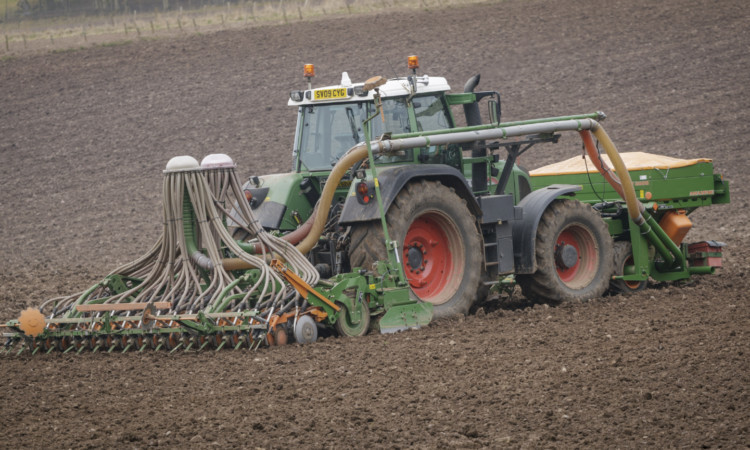NFU Scotland has made a clear call for the allocation of entitlements to the new Basic Payments Scheme (BPS) to be limited to the farmed area claimed last year.
This key demand is made as part of NFU’s response to the Scottish Government’s consultation on the new CAP, and is entirely consistent with the body’s ambition to see only active farming rewarded.
With the Scottish CAP budget reduced by 20% the need to target remaining funds is paramount, according to NFUS president Nigel Miller.
He told a press conference in Edinburgh yesterday that arable farmers were set to lose 27% of their payments, and other sectors might yet fare worse.
Using 2013 as a historical reference year would be very significant in that it would curtail the potential for owners of land to make sure it was under their direct control in 2015 so that they would be able to claim on the maximum number of hectares.
If this was allowed to happen it could bring in a vast area of poor quality land, previously referred to as “naked acres” which were excluded from the current Single Farm Payment scheme.
Bringing in an extra one million hectares or more of agriculturally inactive land in the north and the west of the country would dilute the payment pot considerably, but would also create a new type of ‘slipper farmer’.
Mr Miller warned: “If this is allowed to happen, every farmer in Scotland will have to pay the price for this new land coming in.”
However, NFUS has another worry. If landowners were to attempt to maximise the area under their control on May 15 next year it would make annual grass lets very scarce.
It would also affect the availability of high-value potato and vegetable land available to rent on an annual basis.
Mr Miller believed that the Acts and Articles of the new CAP allowed the Scottish Government to restrict claims to the 2013 area, but acknowledged that an appeal process would need to be put in place to avoid discriminating against those who had genuinely expanded their farming operations.
An ongoing national reserve of entitlements at about 3% of the total would be needed to cover such eventualities, and to make sure new entrants were not excluded.
The national reserve could be topped up by enacting a ‘siphon’ on sales of entitlements without land and this should, according to Mr Miller, be applied at the maximum allowable rate of 40%.
This should encourage retiring farmers to leave their entitlements with the farm.
There was a great deal more in the NFUS response. It runs to 38 pages and contains 270 recommendations, some of which will chime with Government thinking while others will not.
There will certainly be some relief among officials over the NFUS’s concession, however reluctantly made, that the country should be split into only two payment regions.
One would include arable, temporary grass and permanent grass, with the other including all types of rough grazing.
The country has around 2.8m hectares in this last category, and it is this area that NFUS hankers after splitting into more regions to differentiate between actively farmed land and under-utilised or abandoned land.
The NFUS submission adds: “Our commitment to the two-region approach is on the explicit condition that more targeting can and will be achieved through other mechanisms such as voluntary coupled support in the beef sector, differentiated payments in the rough grazing area through further coupled support, and robust activity requirements.”
The extra VCS beyond the 8% of the budget committed to the beef scheme can only come from the mooted additional 5% to support the sheep sector.
Mr Miller said he was “incredibly frustrated” that the Scottish Government had yet to receive confirmation from the EU and Defra that it could use funds in this way.
The target would be for support at around 30 euros per ewe.
“To get to that target we need that extra headroom,” he said, adding that he hoped to meet Defra Secretary Owen Paterson in the next few days to expedite the matter.
There was also much talk about the use of what has become known as the ‘Scotch Tunnel’. Essentially, this prolongs the process of moving from the present historic-based payments to area-based payments.
It is seen as a way of lessening the effects of redistribution of funds, especially from farms with high levels of production from relatively small areas of land, but it involves a deal of complexity.
NFUS chief executive Scott Walker admitted that there was another redistributive mechanism which would involve up to 60% higher payments being made on the first 54 hectares of any claim. “But the tunnel is by far our preferred approach,” he said.
